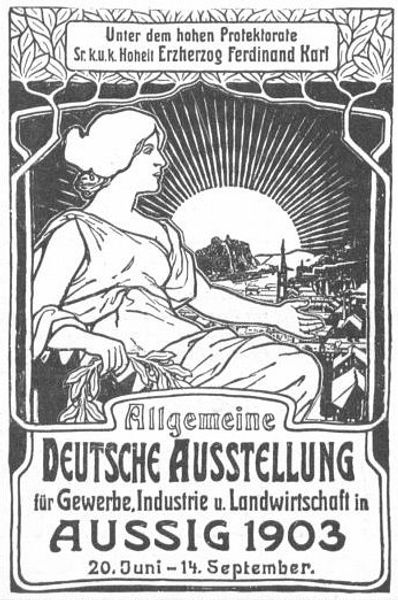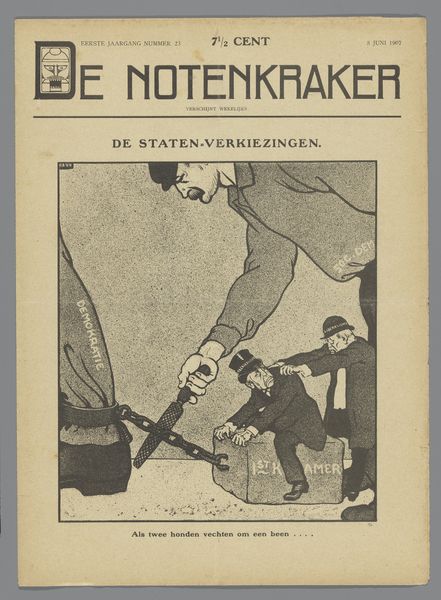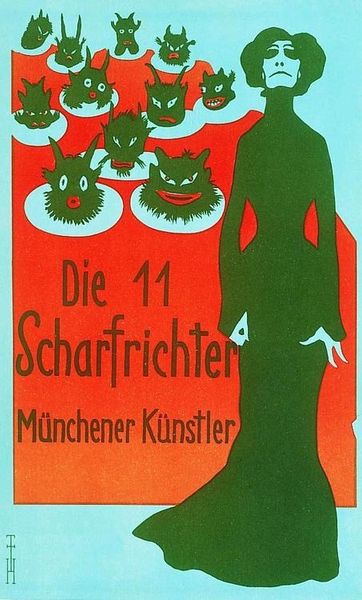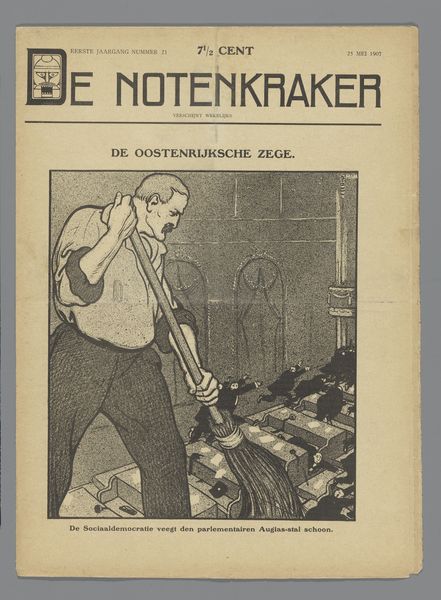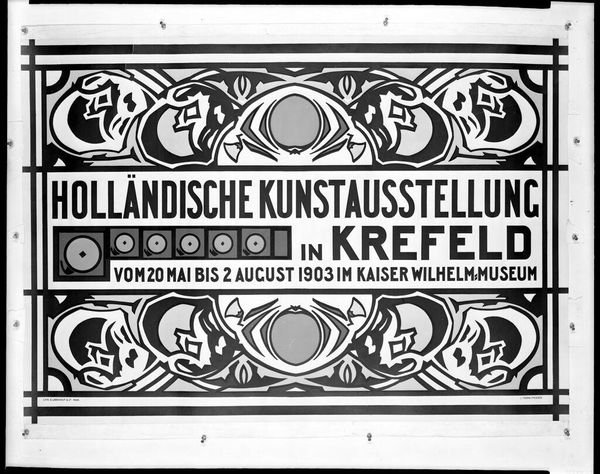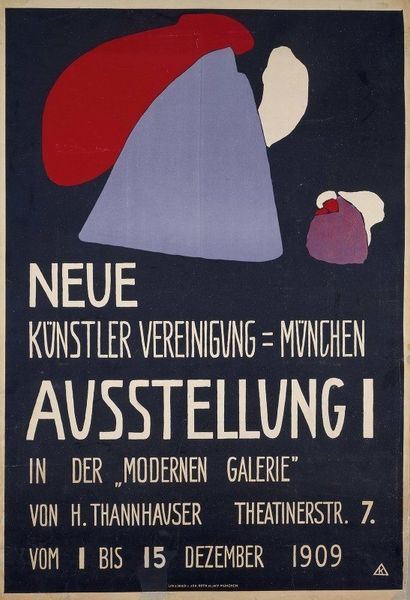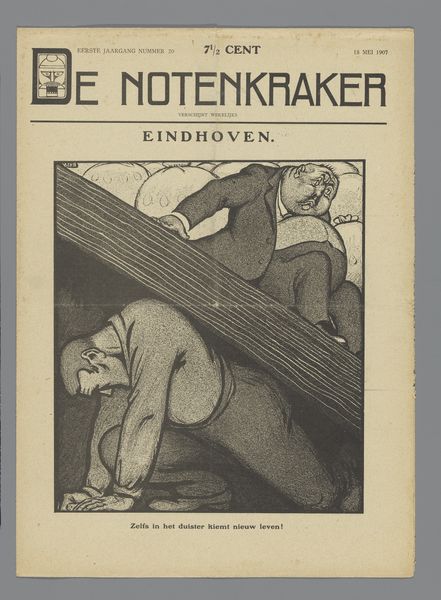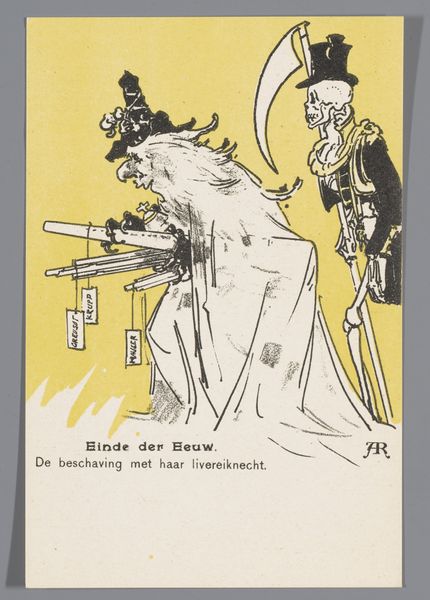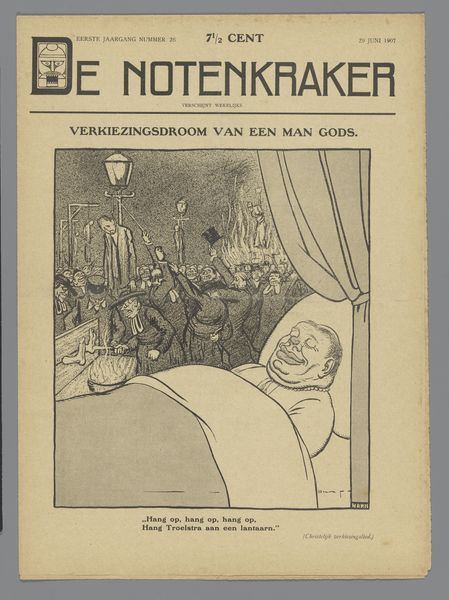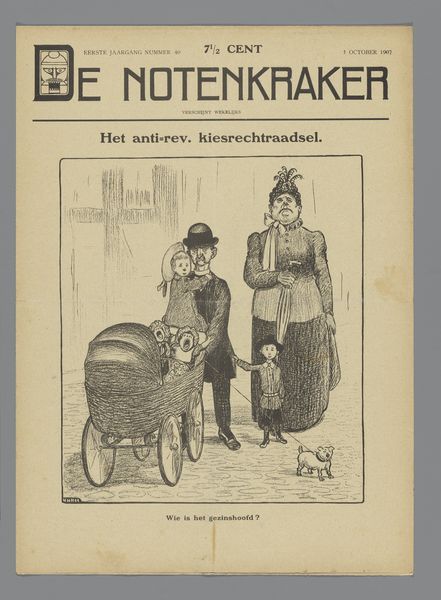
print, poster
#
portrait
#
poster art
# print
#
expressionism
#
men
#
history-painting
#
poster
#
modernism
#
poster
Copyright: Public domain
Editor: This is "And You? (War Bonds)", a 1917 poster by Alfred Roller. It's pretty stark, using simple lines to portray this soldier emerging from what looks like a trench. His expression… it's haunting. What do you see in this piece? Curator: That gaze…it’s meant to pierce the viewer’s conscience. Notice the soldier emerging from a desolate landscape. It represents the collective trauma of the First World War. The barbed wire—a crown of thorns? And consider that object he’s holding, less a weapon and more a burden, almost biblical, don’t you think? Editor: A burden, yes. I hadn’t thought of it that way. It almost looks like he is offering the grenade to me... so, this is not just about promoting war bonds, but a direct emotional appeal to the individual? Curator: Precisely. The direct address, “And You?” in German, implicates the viewer, challenging their complicity. How might they, safely at home, share in the soldier's experience? It is about leveraging personal guilt to spur action. Consider also the choice of rendering. Almost monochrome, isn’t it? This visual starkness mimics the moral landscape—a wasteland where only stark choices remain. Editor: So, the poster appropriates religious imagery of sacrifice but subverts the implied salvation for an economic exchange? A grim trade, in effect? Curator: Yes, that tension is what gives it lasting power. The soldier’s haunted eyes ask more than a financial contribution; they ask for a piece of your soul. The imagery, composition and colours all help the viewers recognize themselves in the artwork and, hopefully, get them to respond and help out. Editor: That makes perfect sense! I'll never look at war posters the same way again. Curator: It is the cultural memory, encoded in simple images, that ensures the message still resonates, even a century later.
Comments
No comments
Be the first to comment and join the conversation on the ultimate creative platform.
